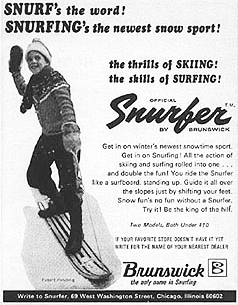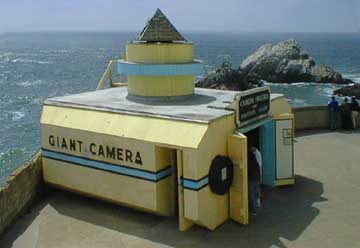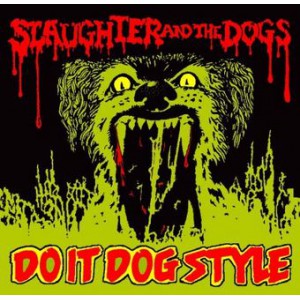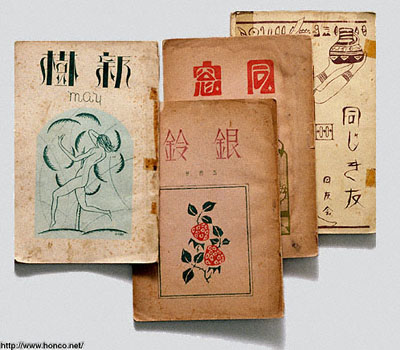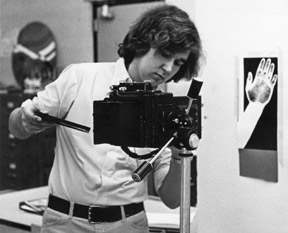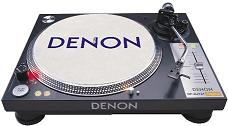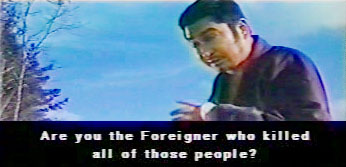One of the reasons I started with this blog is that a few of my unpopular opinions were being censored. A few months back, on a rather prominent message board (which is now deceased) I was banished from the board while defending an artist’s freedom of speech. My expulsion made the board’s self-appointed censors look ridiculous for censoring an artist who advocated free speech during a debate about free speech.
In a more annoying case, I was censored in a Usenet moderated newsgroup during some trivial chit-chat. Some people were complaining about how boring they thought the Winter Olympics were. I responded that the Olympics were boring because they were stacked with fake sports like snowboarding. I said that Halfpipe Snowboarding and Freestyle Skiing were pushed into the Olympics by the USA, and stacked with American competitors that were likely to win gold. I compared snowboarding to previous ridiculous “sports” that had been added and subsequently removed from the Olympics, like Tug-of-War and Indian Club Juggling. The message was stopped by the moderators, and returned to me with a note that it was “offensive and unamerican.”
I decided it wasn’t worth arguing. I could have explained my rationale, but wouldn’t make any sense to them. I mean, I was one of the first snowboarders, I owned a Snurfer back in 1965, and it was the toy that started the whole snowboarding craze.
I was a snowboarder and skateboarder from an early age, I knocked out my two front baby-teeth out while skating on an old skinny skateboard with hard clay wheels (like the old four-wheel roller skates). I still own a nice Sims ultra fat skateboard that I bought at Val Surf, back around 1985 when I lived in the San Fernando Valley and there was only ONE Val Surf, the one in my neighborhood, and everyone in my neighborhood skated (even the old farts like me). All my friends in LA were skaters or surfers. It’s not like I’m biased against the sport, I love these sports, but I recognize them for what they are, just plain fun and a big goof. And that is the point.
There isn’t any skateboarding or surfing in the Summer Olympics, because it just isn’t an Olympic sport and everyone knows it. Similarly, there shouldn’t be any snowboarding in the Winter Olympics. The motto of the Olympics is Citius, Altius, Fortius, and snowboarding events like the Halfpipe just have no possible chance to be swifter, stronger, or higher (well maybe higher, but I don’t think that’s what the slogan means). It’s all a matter of subjective judging about the aesthetic qualities of your triple-flip-oopsie-daysie, what possible chance does this event have for long-term Olympic sustainability, maybe in a few years people will achieve a quadruple-flip-oopsie-daysie, and eventually a pentuple? And in a hundred years? The sport will be long forgotten, like Olympic Tug-of-War.
I recently read with amusement that the Japanese efforts to include Sumo as an Olympic sport had failed. Other sports like Karate are in the Summer Games, and of course Japan would love to get a lock on another event. The sport was introduced at Nagano as a demonstration sport, they had 2 years to show the International Olympic Committee that the sport of Sumo had advanced around the world sufficiently to produce a world roster of competitors. And of course there wasn’t a single new Sumo wrestler outside of Japan in the two years.
So that’s what I was thinking when these weirdo censors dumped my message. It’s just as ridiculous to have Snowboard Halfpipe in the Olympics as it would be to have Sumo, skateboarding halfpipe, or for that matter, Tug-of-War. So I just had to rant against these idiot censors, it’s insanely ridiculous to denounce these sort of opinions as somehow antiamerican.
